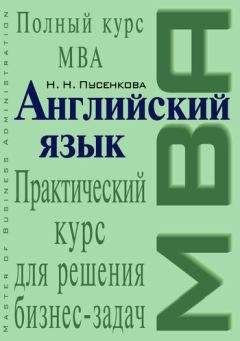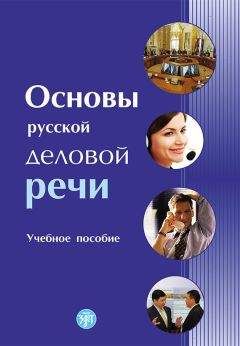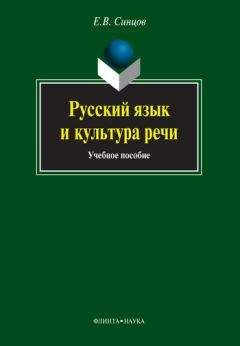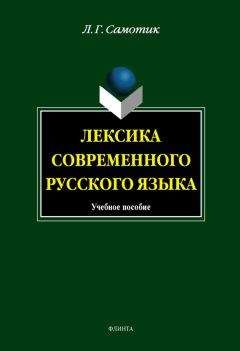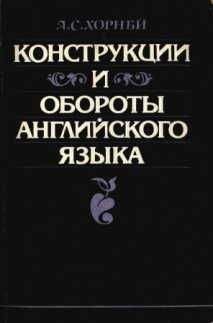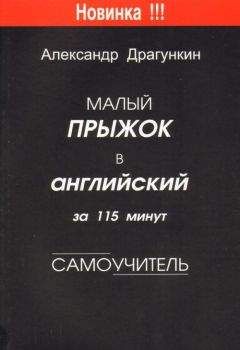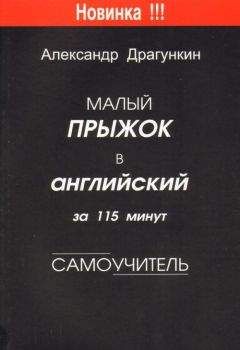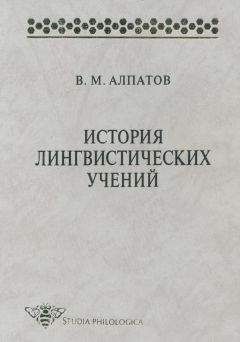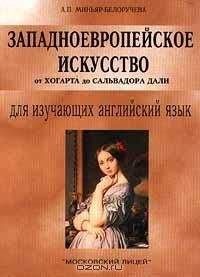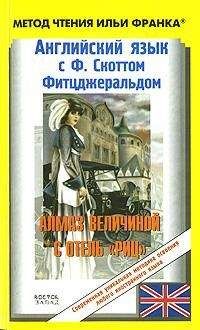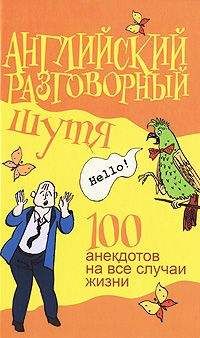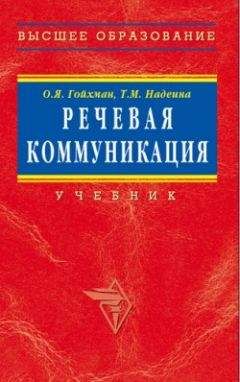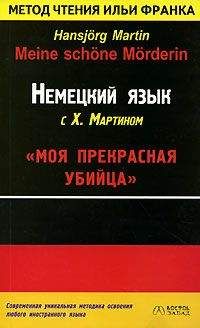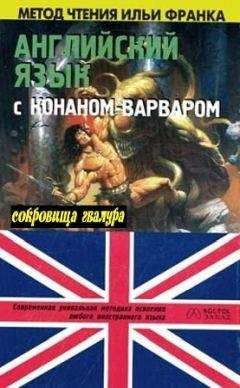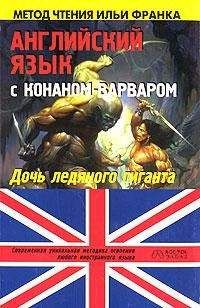А. Миньяр-Белоручева - Западноевропейское искусство от Джотто до Рембрандта
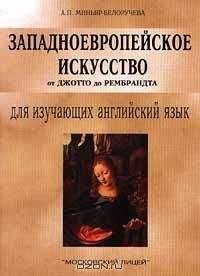
Скачивание начинается... Если скачивание не началось автоматически, пожалуйста нажмите на эту ссылку.
Жалоба
Напишите нам, и мы в срочном порядке примем меры.
Описание книги "Западноевропейское искусство от Джотто до Рембрандта"
Описание и краткое содержание "Западноевропейское искусство от Джотто до Рембрандта" читать бесплатно онлайн.
Тексты настоящего пособия охватывают пять веков западноевропейской живописи от Джотто до Рембрандта. Это дает возможность обучаемым приобрести не только лингвистические знания, усвоив обширный лексический материал, но и культурологические, поскольку последовательный хронологический переход текстов от одного художника к другому позволяет создать более или менее целостную картину развития западноевропейской искусства с XIII по XVII вв. Система упражнений направлена на усвоение лексического материала и развитие навыков устной речи.
Данная книга является первой частью цикла учебных пособий для изучающих английский язык и предназначена для студентов-искусствоведов, учащихся классических гимназий, лицеистов и всех интересующихся искусством.
Учебный центр «Московский Лицей»
пособие для изучающих английский язык
издание второе переработанное и дополненное
Москва -1999
Рецензенты:
И. И. Малинина кандидат филологических наук
Н. В. Васютина кандидат филологических наук
РЕКОМЕНДОВАНО кафедрой иностранных языков исторического факультета МГУ им. М. В. Ломоносова
VI. Summarize the text.
VII. Topics for discussion.
1. Carracci's ceiling painting.
2. Carracci's landscape.
Unit X Caravaggio (1573-1610)
The real giant of seventeenth-century painting in Italy is Michelangelo Merisi, called Caravaggio after his native town in Lombardy. After studying with an obscure local master, he arrived in Rome around 1590. Considered a revolutionary painter Caravaggio was the leading artist of the Naturalistic School. He lived on the fringe of respectable society. His short life was marked by violence and disaster. Caravaggio was a lifelong rebel against convention. He shocked conventional people by representing religious scenes in terms of daily life. He was in chronic trouble with authority and had to flee Rome in 1606 after he killed a man in a brawl over a tennis match. During the next years he wandered around Italy. Caravaggio died of malaria in his thirty-seventh year on his return journey to Rome, with a papal pardon in sight. Nevertheless the style of this unruly genius revolutionized European art.
In 1597 Cardinal del Mount obtained for Caravaggio the commission to paint three pictures of Matthew and scenes from his life for the Contarelli Chapel in the Church of San Luigi dei Francesi in Rome. The greatest of these is the Calling of Saint Matthew, painted about 1599-1600, an event often represented but never in this soul-stirring way. The background is a wall in a Roman tavern; a window is the only visible background object. Matthew is seated «at the receipt of custom» (Matthew 9:9) with three gaudily dressed youths at a rough table on which coins are visible; figures and objects are painted in a hard, firm style that seems to deny the very existence of Venetian colourism. Suddenly, Christ appears at the right, saying, «Follow me». His figure is almost hidden by that of Peter. Christ shows only his face and his right hand, illuminated by a strong light from an undefined source at the upper right.
Despite his oft-expressed contempt for Renaissance masters, Caravaggio often visually, as if in a vernacular translation, quoted Michelangelo BuonarrotI. Christ points along the beam of light with a strikingly real hand whose gesture repeats that of God the Father in the Creation of Adam. Matthew points to his own breast as if to say, «Who, me?» In this realistic scene happens the triumph of divine love. Christ instils a new soul in Matthew.
In 1601 Caravaggio painted the Conversion of Saint Paul. It was a favourite subject during the Counter-Reformation. This scene was usually shown with a vision of Christ descending from heaven, surrounded by clouds and angels. Against a background of nowhere Saul has fallen from his horse toward us, drastically foreshortened. He hears the words; but his servant hears nothing and looks down at his master unable to account for the light that shines all around and has blinded Saul. In this picture climax reaches the stage of cataclysm.
Caravaggio's paintings were condemned by Bolognese artists and critics in Rome, and some were even refused by the clergy. Nonetheless, a decade after his tragic death Caravaggio's everyday naturalism, his hard pictorial style, his intense light-and-dark contrasts had inspired a host of followers in Rome, Naples, Spain, France, the Netherlands. His revolutionary art must be considered a major factor in the formation of two of the greatest painters in the 17-th century Rembrandt and Velazquez.
Make sure you know how to pronounce the following words:
Caravaggio; Rembrandt; Matthew; Saul; Lombardy; Netherlands
NotesCalling of Saint Matthew – «Призвание апостола Матфея»
Conversion of Saint Paul – «Обращение Савла»
«at the receipt of custom» (Matthew 9:9) – «у сбора пошлин»
TasksI. Read the text. Make sure you understand it. Mark the following statements true or false.
1. Caravaggio's life was happy and eventless.
2. The style of this genius revolutionized European art.
3. Caravaggio never rebelled against convention.
4. The Calling of Saint Matthew is a realistic painting.
5. Saint Paul was pictured drastically foreshortened.
6. Caravaggio's naturalism inspired a great number of followers in Europe.
II. How well have you read? Can you answer the following questions?
1. Where was Caravaggio trained? What society did Caravaggio live in? What was Caravaggio's relationship with authority?
2. How did Caravaggio protest against convention?
3. How did Caravaggio arrange the figures in the Calling of Saint Matthew? What did Caravaggio deny in this painting?
4. What was Caravaggio's attitude to the Renaissance masters? How did Caravaggio quote Michelangelo in the Calling of Saint Matthew? What was the source of this quotation?
5. What was the favourite subject during the Counter-Reformation? How did Caravaggio picture it? Did Caravaggio paint Saul against a background of nowhere? Was it Caravaggio's greatest achievement? What were his other achievements?
6. How were Caravaggio's paintings treated by artists and critics during his life-time? Did this attitude change after his death?
III. I. Give Russian equivalents of the following phrases:
a background of nowhere; a hard, firm style; light-and-dark contrasts; pictorial style; drastically foreshortened; a long-life rebel; conventional people; to represent religious scenes in terms of daily life; an unruly genius; to obtain a commission; scenes from smb's life; to represent an event in the soul-stirring way; a background object; to deny the existence of; the realistic scene; Venetian colourism; to quote; gaudily dressed youths; a vernacular translation; the beam of light; to instil a new soul; to descend from heaven; an unidentified source of light; Renaissance masters.
II. Give English equivalents of the following phrases:
изображать религиозный сюжет как повседневное событие; луч света; обыватели; венецианский колоризм; перевод на народный язык; вдохнуть новую душу; тяжелый, жесткий стиль; цитирование; изобразительный стиль; свет без указания источника; заказчики отказывались от картин; ниспровергать классические традиции художников Ренессанса; спустя десятилетие; излюбленный сюжет; божественная любовь; нейтральный фон; единственный различимый предмет на заднем плане; реалистические сцены; новаторское искусство.
III. Make up sentences of your own with the given phrases.
IV. Here are descriptions of some of Caravaggio 's works of art. Match them up to the given titles.
1. Christ points along the beam of light with a strikingly real hand whose gesture repeats that of God the Father in the Creation of Adam.
2. Against a background of nowhere he has fallen from his horse toward us, drastically foreshortened.
a. Conversion of Saint Paul
b. Calling of Saint Matthew
V. Translate the text into English.
Микеланджело Меризи, известный как Караваджо, дал название реалистическому течению в искусстве, которое нашло последователей во всей Западной Европе. Караваджо брал темы из окружающей действительности. Реалистические принципы сделали Караваджо наследником Ренессанса, даже несмотря на то, что он часто выражал свое презрение к великим художникам Ренессанса. Караваджо утверждал принципы реалистического искусства, бросив вызов общепринятым нормам. Картины на религиозные сюжеты он писал как жанровые. Герои произведений Караваджо — картежники, гадалки, авантюристы. Их изображениями Караваджо положил начало бытовой живописи. Караваджо накладывал краску широкими мазками, выхватывая из мрака светом наиболее важные части композиции. Эта контрастность световых пятен создавала атмосферу внутреннего драматизма. Герои Караваджо помещены в простую обстановку. Иногда произведения Караваджо были настолько реалистичны, что заказчики отказывались от них. Искусство Караваджо породило истинных последователей его художественного метода, получившего название «караваджизма».
VI. Summarize the text.
VII. Topics for discussion.
1. Caravaggio's style and characters.
2. Caravaggio's mode of life and work.
3. Caravaggio's artistic legacy.
Unit XI Poussin (1593/94-1665)
Nicolas Poussin is the embodiment of the Classical spirit. His paintings are the product not only of great imagination and pictorial skill but also of a discipline and control that grew firmer as the painter aged. Born in the small town in Normandy, Poussin went to Paris in his late adolescence. He had access to the royal collection of paintings where he was impressed by the works of Raphael and Titian, and to the royal library where he studied engravings after Raphael. After two trips to Italy, Poussin settled down in Rome in 1624. It was unlikely that he would ever enjoy official success. The world of nobles, popes, and monarchs was not for him. Poussin made only one large altarpiece for St. Peter's, and was dissatisfied with it.
An attempt by King Louis XIII to have Poussin work on ceiling painting for the Long Gallery of the Louvre ran afoul of the artist's refusal to consider ceiling paintings different from those on walls, and to turn over the execution of vast projects to assistants. The latter objection ruled out the customary colossal Baroque monumental commissions.
Poussin's paintings reflect his interest in antiquity and in Stoic philosophy. In his early work the Inspiration of the Poet, painted about 1628-29, Classical figures are arranged before a landscape in low afternoon light. Poussin attempted to recapture the magic of Titian through warm colouring unified by soft glazes and through subtle and surprising passages of lights and darks, especially the way light touches the edge of Apollo's lyre and part of his cheek, leaving the rest in shadow. This is an allegorical scene in keeping with seventeenth century ideas, the poet (it is easy to view him as a painter) owes his gifts to divine inspiration. About 1630 an illness gave Poussin a break during which he could formulate the theoretical basis of his art. Poussin abandoned his earlier lyrical style in favour of the grand manner, which required first of all a subject – drawn from religion, history or mythology -that avoided anything 'base' or 'low'. Poussin maintained that the subject must be so clarified in the painter's mind, that he will not block the essence of narrative with insignificant details. Then the painter must consider the conception, that is, the recounting of the story in an impressive way. Then the artist must devise the composition which must not be so carefully constructed that it looks laboured, but should flow naturally. Last comes the style or manner of painting or drawing.
At another point Poussin explained his theory of the modes of painting by analogy with the modes or scales in Greek music, and mentioned five, the Dorian, the Phrygian, the Lydian, the Hypolydian and the Ionic. He carried his ideas of the modes systematically into execution. His Rape of the Sabines, of about 1636-37, exemplifies the Phrygian mode adapted to 'frightful wars'. The picture fulfils all Poussin's requirements for the grand manner. The subject is lofty; the conception is powerful; the composition effortless and natural for all its references to ancient and Renaissance statuary figures and groups; and the style beyond all praise. The composition is staged in a limited space, flanked on one side by the temple portico in which Romulus stands and limited at the rear by a basilica.
A later work, the Holy Family on the Steps, of 1648, is probably in the Hypolydian mode, which 'contains within itself a certain sweetness which fills the soul of the beholders with joy. It lends itself to divine matters, glory and Paradise'. The pyramidal composition suggests the Madonna groups of Leonardo and Raphael which Poussin knew and studied. Like Tintoretto, he arranged little draped wax figures on a stage with the lightning carefully controlled and with a backdrop of landscape and architecture. He would experiment with figural relationships till he found the right grouping, then build a larger arrangement of modelled and draped figures and paint from it, referring to reality only when necessary. The grave, ideal quality of Poussin's art triumphs in Classical compositions arranged before simple, cubic architecture that bypasses the Baroque, the Renaissance, and the Middle Ages, going straight back to Roman models. While the faces of his figures often appear standardized and almost expressionless, the grandeur of Poussin's art appears in the balance of forms, colour, and lights. Such compositions inspired Ingres in the early 19-th century, formed the basis for the still life and figure paintings of Cezanne in the late 19-th and early 20-th centuries.
Make sure you know how to pronounce the following words:
Poussin; Normandy; lyre; Paris; Louvre; Greek; Dorian; Phrygian; Lydian; Hypolydian; Ionic; Sabines; Cezanne
NotesInspiration of the Poet- «Вдохновение поэта»
Rape of the Sabines – «Похищение Сабинянок»
Holy Family on the Steps – «Святое семейство на ступенях храма»
TasksI. Read the text. Make sure you understand it. Mark the following statements true or false.
1. Nicolas Poussin embodies the Renaissance spirit.
2. Poussin made a lot of altarpieces.
3. Poussin was fond of ceiling painting.
4. Poussin invented five modes or scales in music.
5. Poussin formulated the theoretical basis of his art in 1648.
Подписывайтесь на наши страницы в социальных сетях.
Будьте в курсе последних книжных новинок, комментируйте, обсуждайте. Мы ждём Вас!
Похожие книги на "Западноевропейское искусство от Джотто до Рембрандта"
Книги похожие на "Западноевропейское искусство от Джотто до Рембрандта" читать онлайн или скачать бесплатно полные версии.
Мы рекомендуем Вам зарегистрироваться либо войти на сайт под своим именем.
Отзывы о "А. Миньяр-Белоручева - Западноевропейское искусство от Джотто до Рембрандта"
Отзывы читателей о книге "Западноевропейское искусство от Джотто до Рембрандта", комментарии и мнения людей о произведении.





